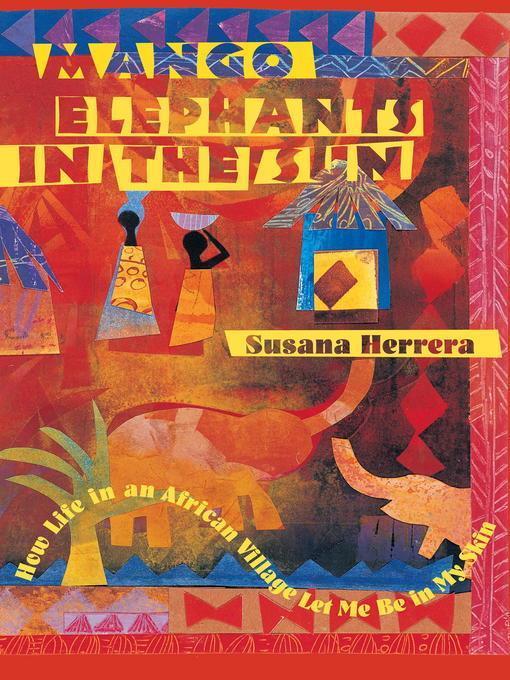
Mango Elephants in the Sun
How Life in an African Village Let Me Be in My Skin
- اطلاعات
- نقد و بررسی
- دیدگاه کاربران
نقد و بررسی

May 3, 1999
In 1992, Herrera set off for Northern Cameroon, where she spent two years as a volunteer teacher in the Peace Corps. While her Navajo and Spanish origins would make her a person of color in the U.S., the villagers of Guidiguis perceived her as a white woman or nasara, a term she soon realized had more to do with American culture and privilege than with skin color. Guidiguis, she found, was both modern and retrograde. The king and the mayor both had televisions and luxury cars, her neighbor bought a CD player and most of the residents appeared to have electricity, though it functioned erratically. Still, most of the daily workwashing, cooking, carrying water, grinding millet, making clothes, etc.was done by hand, and by women, which often disturbed Herrera. A fine storyteller, she paces her account so that her past in California slowly emerges (it turns out she has left an abusive marriage) between such adventures as eating termites and finding ingenious ways to circumvent the schools tradition of corporal punishment. Though the occasional bits of magical realism and mediocre poetry feel forced, the prose is lively overall. The combination of Herreras spunk, her romantic interest in a local doctor and her clever response to the political tensions involved in a teachers strike make for an absorbing read. Clearly Herrera knows how to balance the bad with the good. Its no wonder that by the time her stay ended, many of her new friends in Guidiguis saw her departure as a tragedy.

November 1, 1999
YA-The content of this book is just as beguiling as its intriguing title and stunning jacket. Teens will learn much from Herrera's tale of her sojourn in the back of beyond. She tells two stories: one about her experiences as a 23-year-old Peace Corps volunteer in Cameroon, and the other about how those experiences helped her to exorcise the demons of a childhood rape, a suicidal father, and an abusive marriage. This part of the story is gradually revealed, as she is slowly able to rise above these traumas and celebrate life. Anyone who has been alone in a strange milieu will empathize with Herrera's initial months as "the white woman" in a remote desert town. Over time, she settles in and adjusts to her situation. Two friends die without medical care, she falls in love with a local doctor but reluctantly gives him up, she "adopts" two teenage boys who help and form a bond with her, and she is caught in the middle of a labor dispute when her fellow teachers go on strike. Herrera deals with all of these events and comes out the stronger for it. At the end, she is less critical of American problems and more appreciative of our freedoms-and our indoor plumbing. She also comes to understand that a positive attitude is half the battle. A glimpse of an utterly foreign way of life that provides much food for thought and discussion.-Judy McAloon, Potomac Library, Prince William County, VA
Copyright 1999 Library Journal, LLC Used with permission.




دیدگاه کاربران